Once you start talking about bees, you open Pandora’s box…You’ll find small and very delicate stories behind them. Each one is interesting.
— Josep Perelló, associate professor and project leader of OpenSystems UB at the Universitat de Barcelona
If Josep Perelló is right about discovering the stories behind bees, Barcelona’s high-tech, citizen science-based urban bee project could soon have many interesting threads to follow.
By bringing together honeybees, technology and big data analysis, Perelló, an associate professor in the Department of Fundamental Physics and project leader of OpenSystems UB at the Universitat de Barcelona, and his multi-disciplinary team hope to uncover bees’ complex and often mysterious behavior.
“Beehives are the perfect example of a complex system. There is a whole society where some bees are doing some things and other bees are doing other things. They have a queen, and there is a sort of system of communication they use, too. They communicate with a movement or a sound,” says Perelló, who specializes in complex systems studies and analyzing large amounts of data streaming in from many sources.
That honeybees arrange themselves in complex organizations has fascinated scientists for ages, but the increased awareness about their environmental importance has recently made them good candidates for an open lab experiment.
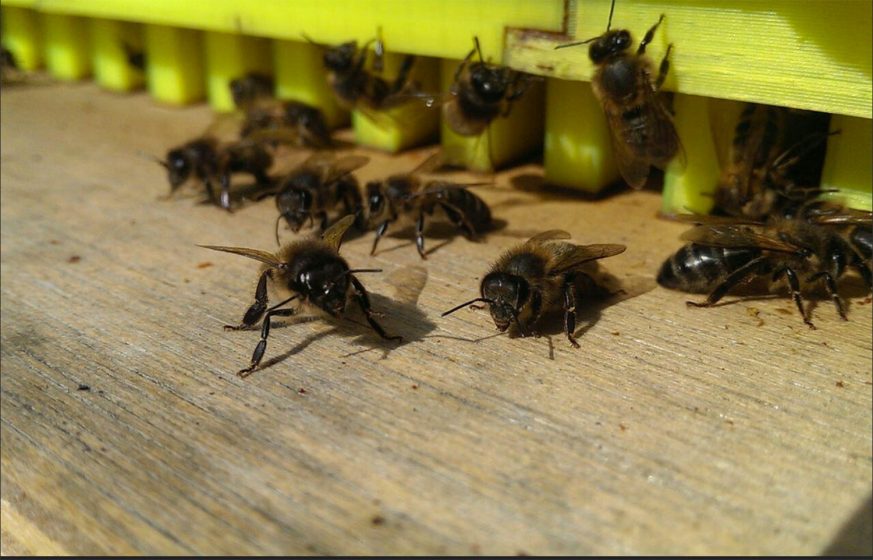
“Bees can act as a biosensor for cities, and give a signal that could be easy to understand,” Perelló says. “If the bees are all right, we are living in a good environment. If the bees are suffering or the colony is dying, it could be a sign that [the] environment is having serious problems.”
Recent studies, for example, suggest that bees are sensitive to pollution, and small fluctuations in ozone levels can affect their behavior. Researchers behind the Barcelona project hope that insights generated from data on beehive temperature, humidity, and weight, might provide clues to creating healthier and sustainable environments for bees, for humans, and for cities.
A new approach to beekeeping
To get the kind of data that would tell a more complete story about Barcelona’s bees and their surroundings, Perelló began looking beyond traditional research methods. Typically, bee behavior is monitored by sight and notes taken by scientists in a controlled lab setting. While that’s helpful in many respects, it doesn’t fully correspond with real-life situations.
Barcelona’s OpenBeeResearch project , which is overseen by OpenSystems UB and spearheaded by Perelló, bucks that trend. It makes a city park a living lab, and a colony of honeybees at the Museu de Ciències Naturals (Museum of Natural Sciences), a building better known as the “Three Dragons Castle,” a beating heart of sensor-captured real-time data.
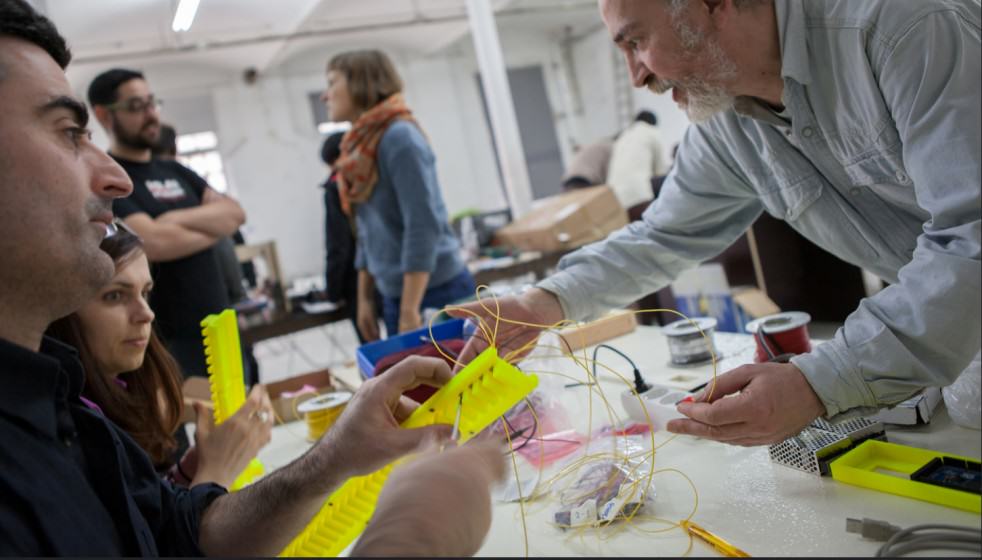
The project idea bubbled up in 2010, around the same time that citizen science initiatives were beginning to emerge globally and the value of public participation in science was being more widely recognized, according to Perelló. And as the concept took hold, the project united people across many disciplines, attracting biologists, data scientists, physicists, engineers, beekeepers, technology buffs, urban gardeners, cultural managers, and artists.
Artist-duo Mar Canet and Varvara Guljajeva were among the project’s first participants. In 2012, they completed the Budgie Waltz art installation, where bird activity was converted to sounds. Every time a bird entered or left its birdhouse, light sensors registered the activity, which triggered a corresponding solenoid to push a piano key.
There seemed to be a natural segue into doing something similar with bees. Two questions needed to be answered: How could a similar setup be recreated to understand when the bees were leaving and returning to the hive, and how could the OpenBeeResearch group track which gates or access points the bees most frequently used?
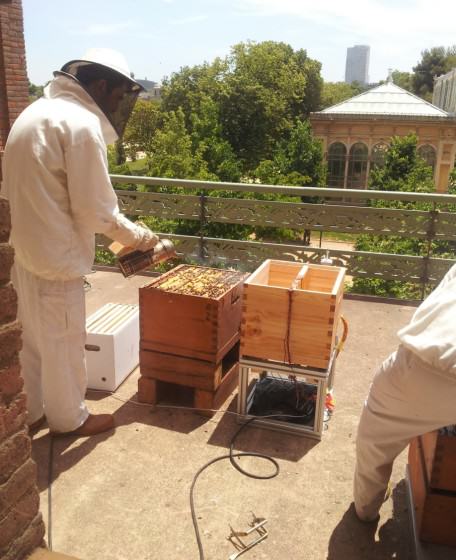
“It’s a very collaborative project and hard to say where the origin of the ideas come from. But, we had this experience with the birds and experience with sensor technology, so it was quite interesting to see how we can do this for the bees,” says Guljajeva, who has a bachelor’s degree in IT, a master’s degree in digital media, and is pursuing a Ph.D in art and design with an eye for how real-life activities can be embedded into works of art. “It offers us a different perspective as well. In the case of the birds, we did the installment for the sake of art. But now, for the bees, we’ll have the scientific data that we can use and help make sense of.”
That data, in addition to helping scientists, can also be visualized in a way that helps people understand bees and their communities—and, more broadly, human society, Canet says.
“We would like to produce a piece of art using the data from the bees. We don’t have a concrete idea of what that will be yet, but we think we will have very rich content,” says Canet, whose areas of studies and work spans from computer game development and data visualization to new media art installations. “We normally work with data. We like to sculpture [sic] data, and sometimes we use real-time feed data. The bees are a colony, and in a way, they are like our society. They are individuals living in a society. It will be interesting to see what the data shows.”
To develop a conversation about the project’s next-steps, OpenBeeResearch held workshops in 2012 and 2014 to figure out which variables to track, how to design the prototype beehive, what types of sensors and communications equipment could be used without harming the bees, and what lessons from other urban bee projects in Helsinki and Bordeaux could be applied to the Barcelona initiative.
Out of those discussions came the high-tech beehive prototype—a wooden box hooked up with infrared motion detection sensors, temperature and humidity sensors, and pressure sensors for tracking weight. The apparatus runs on free GitHub software and Arduino components for sound, weight and temperature (and eventually bee-counting); the data representation will be done with Data Science software. It was installed in June 2014.
In recent months, the team has been tweaking the sensors’ calibration, finishing final repairs on the prototype hive, and waiting for warmer spring weather. In the spring, the bees’ activity will increase and, in turn, there will be greater amounts of data that could provide snapshots of what’s going on inside and around the beehive at any given moment.
And, though it’s still a fledging project in practice, the OpenBeeResearch project has already had some early successes. It has received funding from Socientize, the Barcelona City Council, and the Fundación Española para la Ciencia y la Tecnología (the Spanish Foundation for Science and Technology) through the project Citizen Science Office of the Barcelona Lab. Recently, it was named one of 10 case studies lauded by the newly inaugurated Big Data Center of Excellence of Barcelona.
Surmounting obstacles
Although the project has generated interest across disciplines, has fostered public participation, and has sparked creative collaboration between people who may not otherwise have been connected, it hasn’t been without its challenges.
One of the initial snags was getting permission from the local city government to set up the hive. Unlike other cities in Europe and the United States, urban beekeeping is not allowed in Barcelona.
The workaround was to team up with the city’s Natural Sciences Museum and create a new bee colony from the existing ones there. The museum, located in Ciutadella Park not far from the city’s center, has a long history with rooftop beehives. It houses one of Europe’s oldest apiaries dating back to 1945, according to museum director Anna Omedes Regàs. Though it was not common at the time to see beehives on rooftops, the museum saw it as an opportunity to help train local beekeepers, be a resource for students and researchers, and provide tours to residents who were interested in bee science, she said.
For Jaume Clotet, the site’s beekeeper and a key member of the OpenBeeResearch project, the technology-based research initiative puts a new twist to an old idea. The OpenBeeResearch project puts a new twist to an old idea. “For us, urban beekeeping is not limited to installing one, two, or 20 beehives in a city with the idea to help [only with] their protection and conservation. Urban beekeeping can be applied and used in several areas of a city, including educational, technological, investigatory, cultural, social and, obviously, environmental fields,” says Clotet, who manages about 90 beehives in Barcelona province and in other areas in Catalonia. “Anything that is helpful to investigate and learn from the bees is interesting, and this is a clear example of how urban beekeeping can also be linked to the scientific and technology sectors.”
Another issue the team will be monitoring closely is if and how the technology itself affects the bees. While bees are sensitive to electromagnetic fields, so far the chosen sensors and cable feeds don’t appear to be causing any interference or behavioral changes, Clotet says.
“From my point of view, sensors that can be installed in a beehive have very little effect on the bees’ behavior as they are sensors that only record data,” he adds. “It’s still too early to confirm, but we have not noticed anything that makes us think that the sensors affect bees. I believe that they could be affected by other waves or electromagnetic fields from the city rather than sensors in their beehives.”
What lies further afield for the project? We’ll have to wait and see what stories the bees reveal.
Jennifer Baljko
Barcelona
***
Keep an eye on this space. Later this spring we’ll be following up this report with a podcast about urban beekeeping trends in various U.S. and European cities.

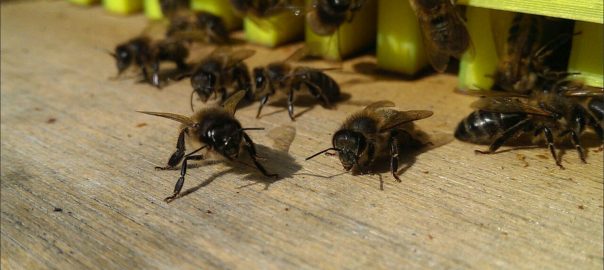







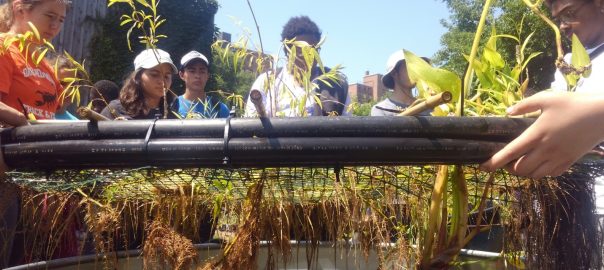
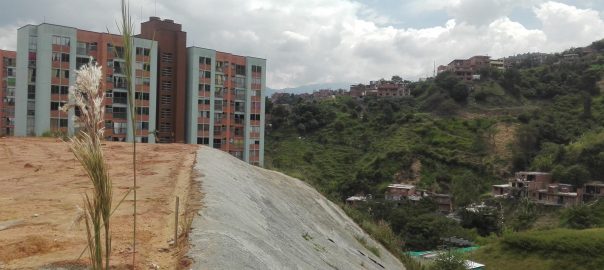
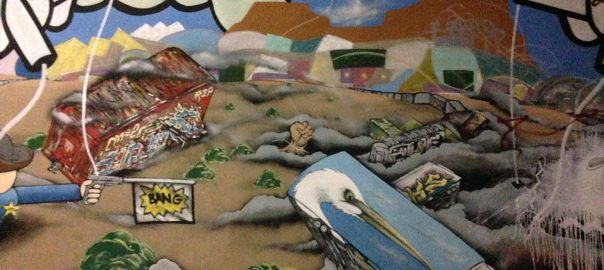
Add a Comment
Join our conversation